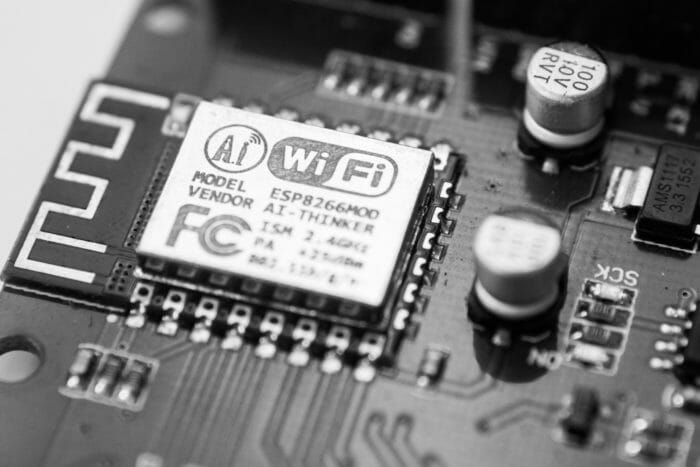The biggest technological shift of the century is on the horizon. (Unsplash, CC0)
5G has been in the news recently because of the exposure it received at summits and keystones, like the Consumer Electronic Show, which happened just a few weeks ago. At these summits, phone companies, service providers and chip manufacturers alike boasted their newest advances in the field.
But just how close are we to experiencing 5G, and why is the notion of the “next generation” generating so much fuss?
5G, named so because it’s the 5th generation of wireless system that’s been developed, is advertised as a game-changer because of the fundamental change in infrastructure.
In generations 1 through 4, phones using a wireless connection would first connect to an antennae, which, in turn, would connect to the phone that was being dialled to. With 5G, however, phones, or any device that has a 5G chip, can connect directly to another device, greatly reducing the wait time for information.
When loading a webpage on a phone, the difference of a few milliseconds might not seem like a ground-breaking improvement, but the possible applications of a faster, more accurate network are important when one considers the possibility of using the 5G for a remote surgery or direct communications between two autonomous cars.
Furthermore, 5G brings two different types of speed to the table-latency and data.
When companies refers to the increased data flow that comes with 5G, they’re talking about the amount of information that a chip can receive in a period of time. Receiving information is up to 50 times faster than it is now with 5G. Thus, downloading an entire film could take just a few seconds.
Latency, however, refers to the time that it takes a device to respond to a request for information. For instance, issuing a command on a smartphone has a bit of lag time because of the latency of 4G. This becomes especially important when one considers the aforementioned possibilities that come with 5G. With such delicate procedures, both the machines and networks would have to be precise in handling data and fast in interpreting it.
While companies that have been focusing on the concept for longer, predominantly Sprint, say that they might release their service to the public later this year, and bigger companies, like Verizon or AT&T, are planning for 2020, you shouldn’t really expect to be downloading vast stores of data on the fly with 5G anytime soon. Most of these service providers have used their working phone models of 5G to show how close the full release of the concept will be, but the only network that exists right now are a few “hotspots” that are geographically exclusive.
The availability for consumers is even more limited. Verizon and AT&T will use a lower frequency to ensure that their 5G networks are the fast as they can be, while T-Mobile and Sprint will sacrifice speed for range. Either way, the full benefits of 5G can’t be expected until late 2019 or afterwards.
That’s not to say that the development of 5G isn’t exciting, though. The industrial implementation of this new technology can already find it’s way into emerging fields, like the self-driving car, and would benefit everyone.








